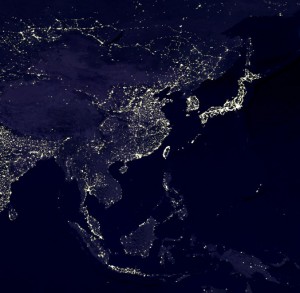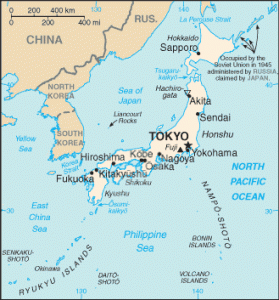Infrastructures have evolved to support human life, food production, trade, and everything we consider modern civilizations. Nowhere is that more apparent, more directly in your everyday experience, than in cities.

 Triumph of the City: How Our Greatest Invention Makes Us Richer, Smarter, Greener, Healthier, and Happier by Edward Glaeser explores the rise and development of urban areas, the economics of cities, and the depth of systems and cultural structures found in cities. Glaeser does cover some of the obvious ground here, explaining city structure and looking at historical examples of cities around the world that prosper and perish. But this is not just a history of the city– he is not just updating Mumford. Glaeser uses bits of sociology, history, economics, and provides some interesting case studies along the way in the form of biographies.
Triumph of the City: How Our Greatest Invention Makes Us Richer, Smarter, Greener, Healthier, and Happier by Edward Glaeser explores the rise and development of urban areas, the economics of cities, and the depth of systems and cultural structures found in cities. Glaeser does cover some of the obvious ground here, explaining city structure and looking at historical examples of cities around the world that prosper and perish. But this is not just a history of the city– he is not just updating Mumford. Glaeser uses bits of sociology, history, economics, and provides some interesting case studies along the way in the form of biographies.
Glaeser explores different cities across the globe and explains how certain economic or political models shape the success or decline of urban areas. He uses common historical frameworks– agricultural, industrial and information age systems of organizing production and life, and suggest that changes in structure and culture can support or erode urban economies. One his better examples of this is a discussion of the restrictions put in place for building urban housing like those in modern California, New York and Paris where a tightly restricted housing supply forces prices to skyrocket. More and more, cities with restrictive development become islands of the wealthy. Meanwhile other cities and suburbs expand and grow with widely available housing and other opportunities.
The World's largest cities (From Wolfram Alpha)
1 | Shanghai, China | 13.68 million people |
2 | Mumbai, Maharashtra, India | 12.69 million people |
3 | Istanbul, Turkey | 12.61 million people |
4 | Karachi, Sind, Pakistan | 11.62 million people |
5 | Beijing, China | 11.29 million people |
 Half the world’s population now lives in cities and half the world’s most global cities are Asian. Coming out in late May is Malcolm McKinnon’s book Asian Cities: Globalization, Urbanization and Nation-building. McKinnon’s book is timely and may provide a new take on the two major forces shaping urban developments in this century: urbanization and globalization. But his travels and research also led him to a third influence on and by these cities, their role as nation-builders.
Half the world’s population now lives in cities and half the world’s most global cities are Asian. Coming out in late May is Malcolm McKinnon’s book Asian Cities: Globalization, Urbanization and Nation-building. McKinnon’s book is timely and may provide a new take on the two major forces shaping urban developments in this century: urbanization and globalization. But his travels and research also led him to a third influence on and by these cities, their role as nation-builders.





